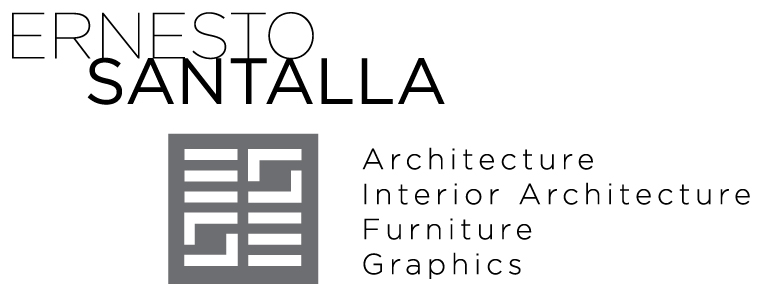Decoration With Purpose
Written by Ernesto Santalla on November 27th, 2012 // Filed under Uncategorized
Iktinus, Callicrates and Phidias, architects and sculptor are credited for the Parthenon, the temple dedicated to Athena Parthenos in Athens, Greece. Built in the 5th Century B.C. the building is widely considered the epitome of Classical Greek Architecture. The architects not only designed a building of perfect proportion, which compensates for optical illusions, but also served as its engineers. We cannot imagine it without sculpture, but do find it hard to imagine it anything but white. Doubtless many, many more people were involved in this masterpiece of architecture, interior design, sculpture and decoration-all working towards a building which symbolized the supremacy of of the city-state of Athens and Greek culture.
Architeckton is the Greek word for master builder. The ancient masterbuilder was trained in all phases of design and construction. His responsibility extended well beyond the architectural design. He was the overseer of the entire project, from concept, design through construction. This was clearly well before the age of specialization, government regulations and professional liability insurance.
Many great structures through the present date continue to exemplify the concept of full integration of the arts. We no longer employ the term master builder and we identify ourselves according to particular fields of primary involvement, down to the most specific I’ve come across, drapery specialist.
What appeals to me is the architecture and the interior strike a perfect balance, which is especially difficult when working within the context of historical buildings, like the Berliner Reichstag, by Norman Foster and Partners.
The view at the top is a panorama taken inside the new dome structure, which in the image below is seen behind the entry portico peeking above the portico.
The Parthenon is as good as it gets and the Reichstag is way up there. They are cultural monuments built for lofty purposes. They, however, set the standards by which we mere mortals aspire to achieve if even on a tiny scale.
What I’ve observed in my years practicing in the design industry is a disconnect between architects, interior designers and engineers to the point that I wonder if they ever spoke to each other. The results are disconcerting; a euphemism for mind-boggling.
Take for instance the iconic and controversial Watergate building in DC.







